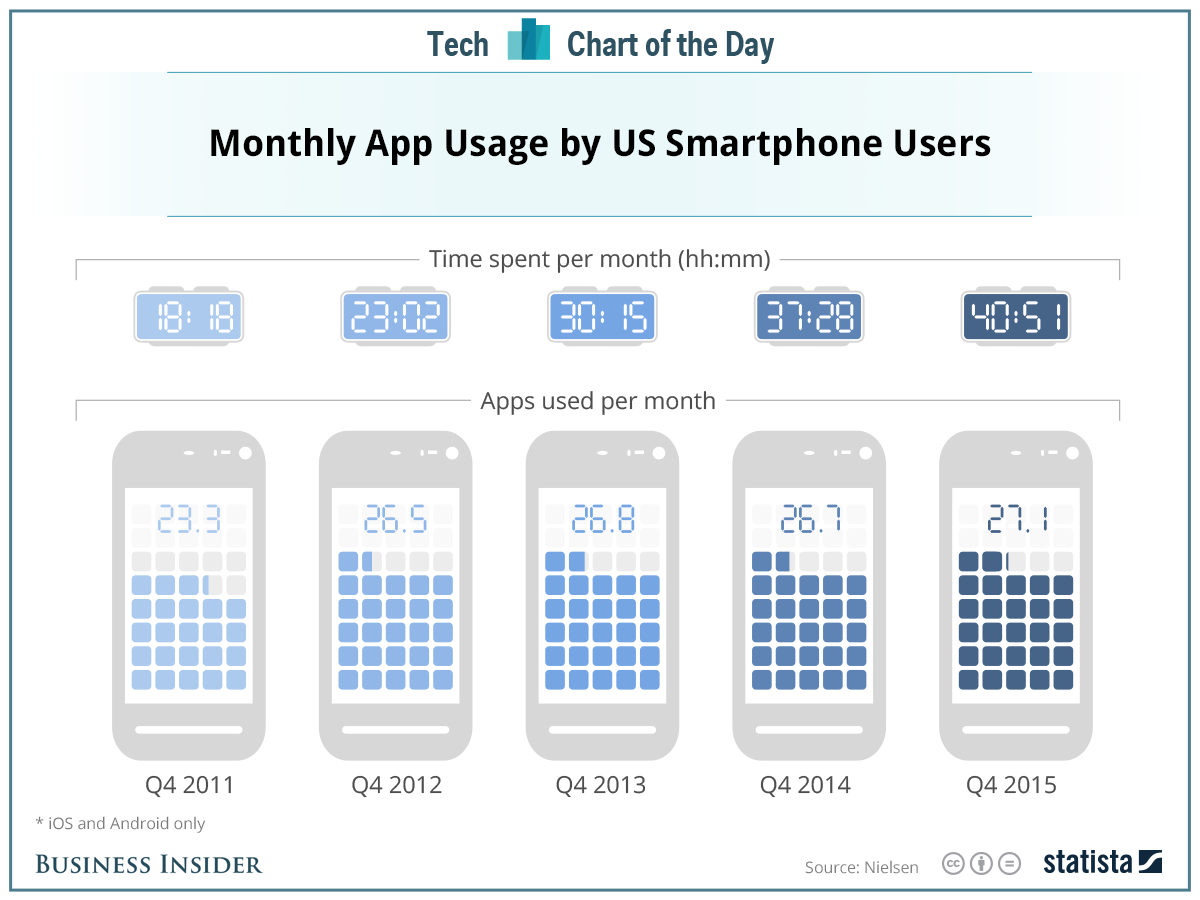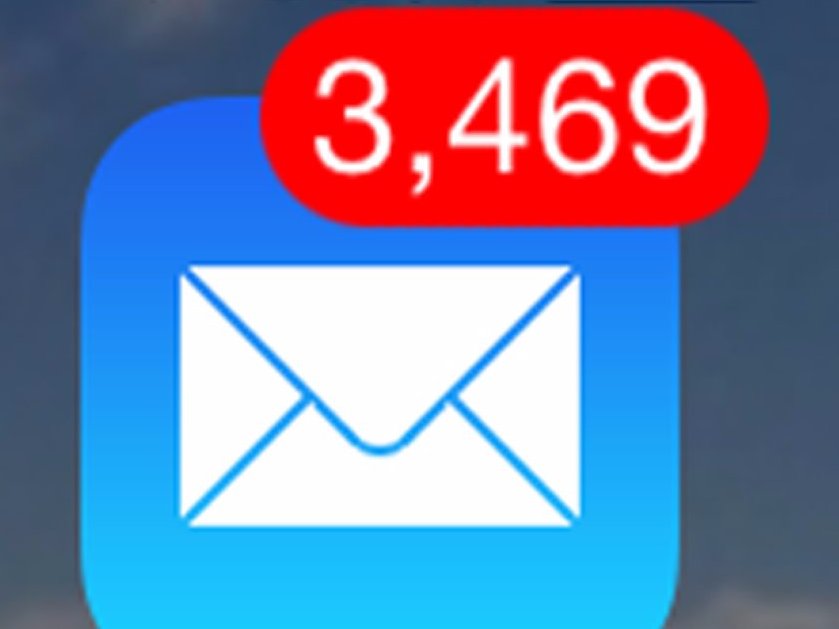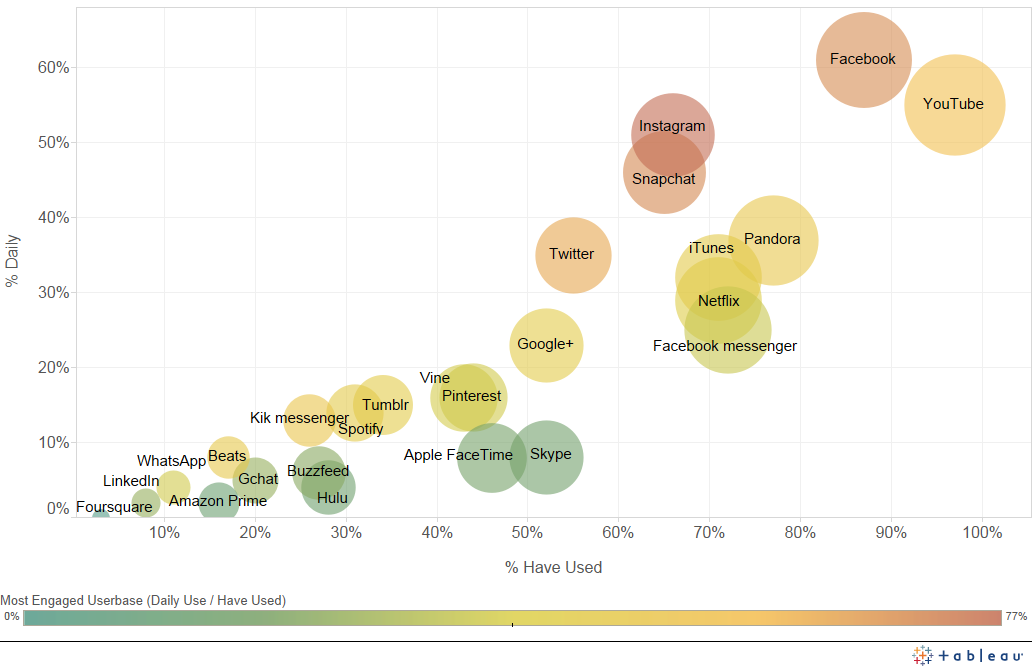CHART OF THE DAY: We have all the apps we need
Question time, then today's Chart of the Day...
How many smartphone apps would you say you use regularly?
10? 15? Maybe more?
Likely more, actually. According to some recent data from Statista the average US smartphone owner uses about 27 apps on a regular basis.
But here's the interesting thing - that number is hardly changed in the last three years. Let's look at the chart, then some FREE comments from me after that.

Three quick takes...
1. As you can see from the data, we aren't using many more apps than we did in 2012, but the monthly time spent on them has almost doubled since 2012. Which means fewer apps are breaking through the clutter and noise of the Apps stores, but the ones that do are commanding more and more attention and mind share.
2. Getting user's attention with any new app is getting harder and harder by the month. Sure, we do sometimes swap out some older apps for some newer ones, but we seem to have no more room for an increase in the number of apps we can manage and use. So not only does any new app need to offer a compelling value proposition in its own right, it likely also has to 'replace' something in most user's minds, since we can't 'fit' more apps into our lives.
3. If you are considering rolling out any new apps for your workforce, no matter how fantastic and functional they may seem, you are competing for precious and limited time and attention from your targeted users, and are also fighting a battle for phone screen real estate and attention not just against the web-based version of that HR system, but also all the personal apps your employees are using every day. And what the Statista data suggest is that collectively we are running out of app capacity in terms of what we can and would like to engage with on our phones.
Do you need an app for your HR, recruiting, benefits or other HR tools?
Maybe. Probably even.
But will your users have the bandwidth and ability to adapt your fancy new app?
Maybe not.
Have a great Tuesday.

 Steve
Steve


